For many Swiss, carnival season is a time to load up on calories.
That’s because the most irresistible, wholesome fried foods take over the shops. While some of these delicacies are available throughout Switzerland, many are local to certain towns or regions.
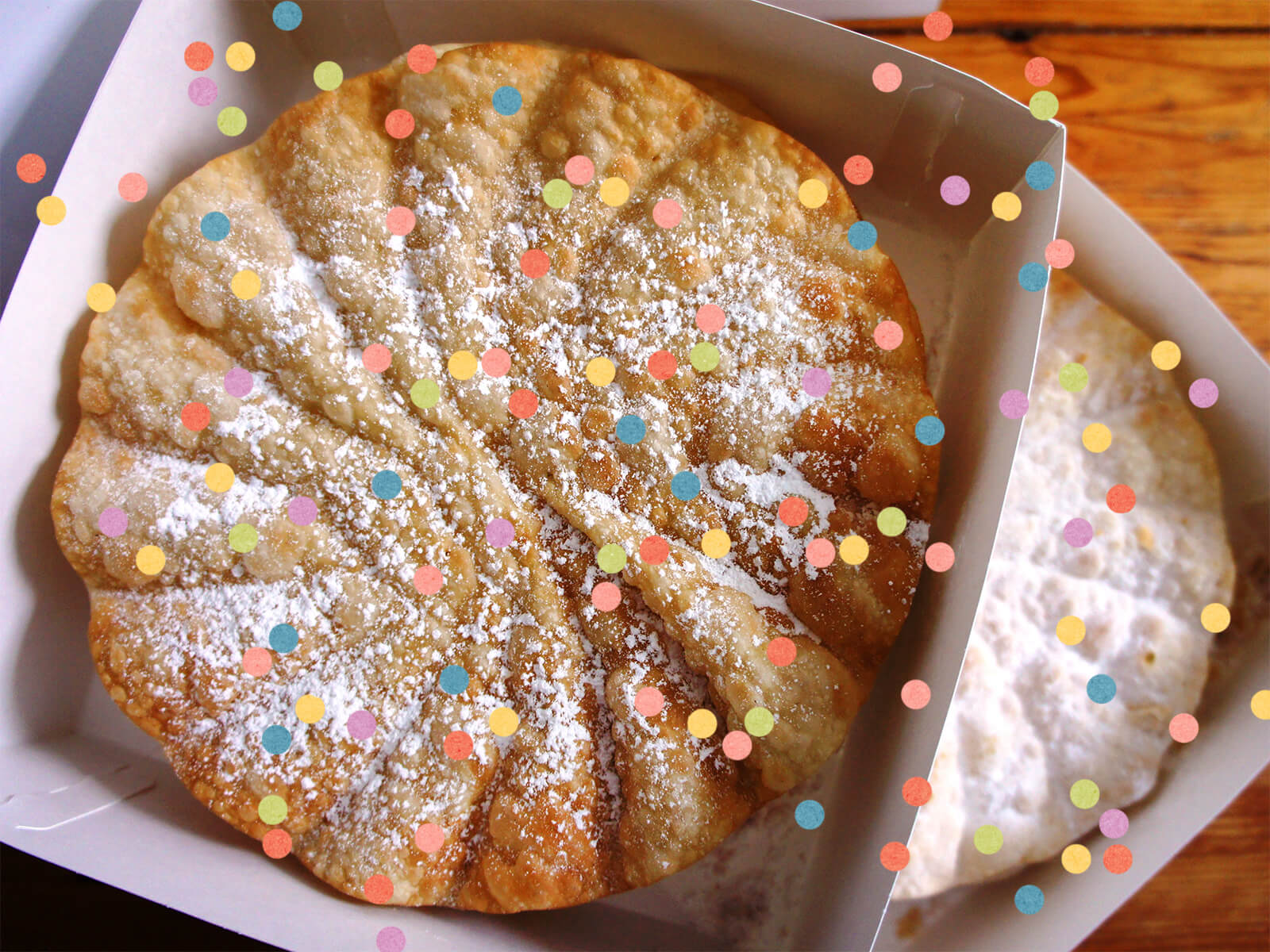
The night before Lent came to be known as Fasnacht - the night before fasting. Since edibles from meat to cheese, butter, and eggs were prohibited after Ash Wednesday, Fasnacht was the last opportunity to turn them into high-calorie delicacies.
For a simple reason, many of these pastries are fried instead of baked. Up until the 20th century, stoves were often missing in household kitchens. Hence, pastries had to be fried in lard instead of baked.
Here are some of the main Swiss carnival foods explained:
1. Bacheschnitte
Battered, fried, and sprinkled with cinnamon, dry gingerbread gets a second life. A traditional recipe calls for beer, but it can be substituted with milk and cream. Bacheschnitte are mainly served in the Appenzell cantons throughout the year, but their origin lies in Herisau where they were traditionally served during Funkensonntag.
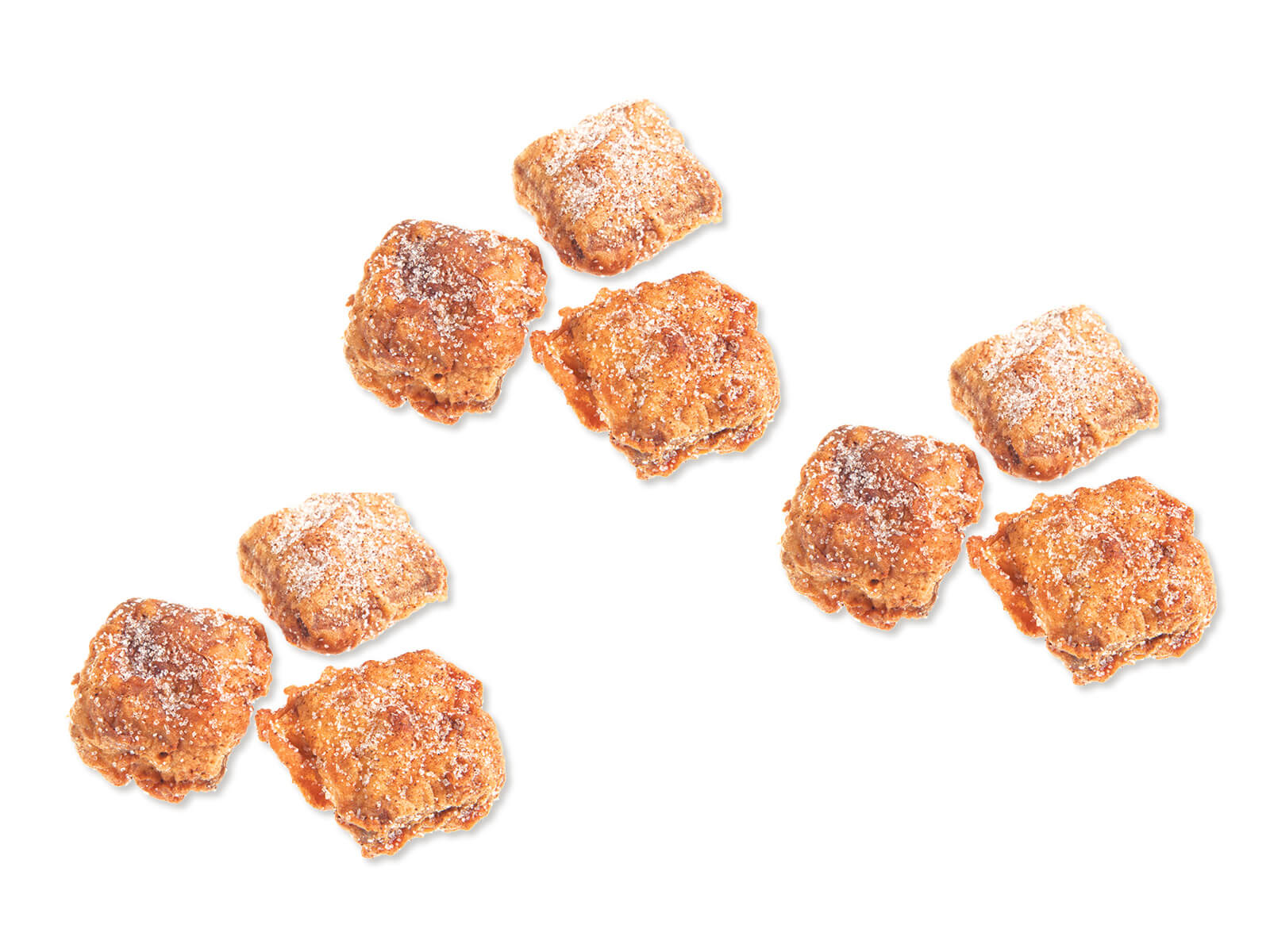
2. Fasnachtschüechli
These delicious fritters, dusted with powdered sugar, are made of sweet dough. They can be purchased in most larger shops in Switzerland.
In German speaking parts of Switzerland, it is also called Fasnachtskiechli (Basel), Chilbiblätz (Bern), Hondsfläde (Appenzell), Öhrli or Chneublätz (Lucerne). In the Romandie, they are called merveilles. And in Ticino, they are called frittelle di carnevale.
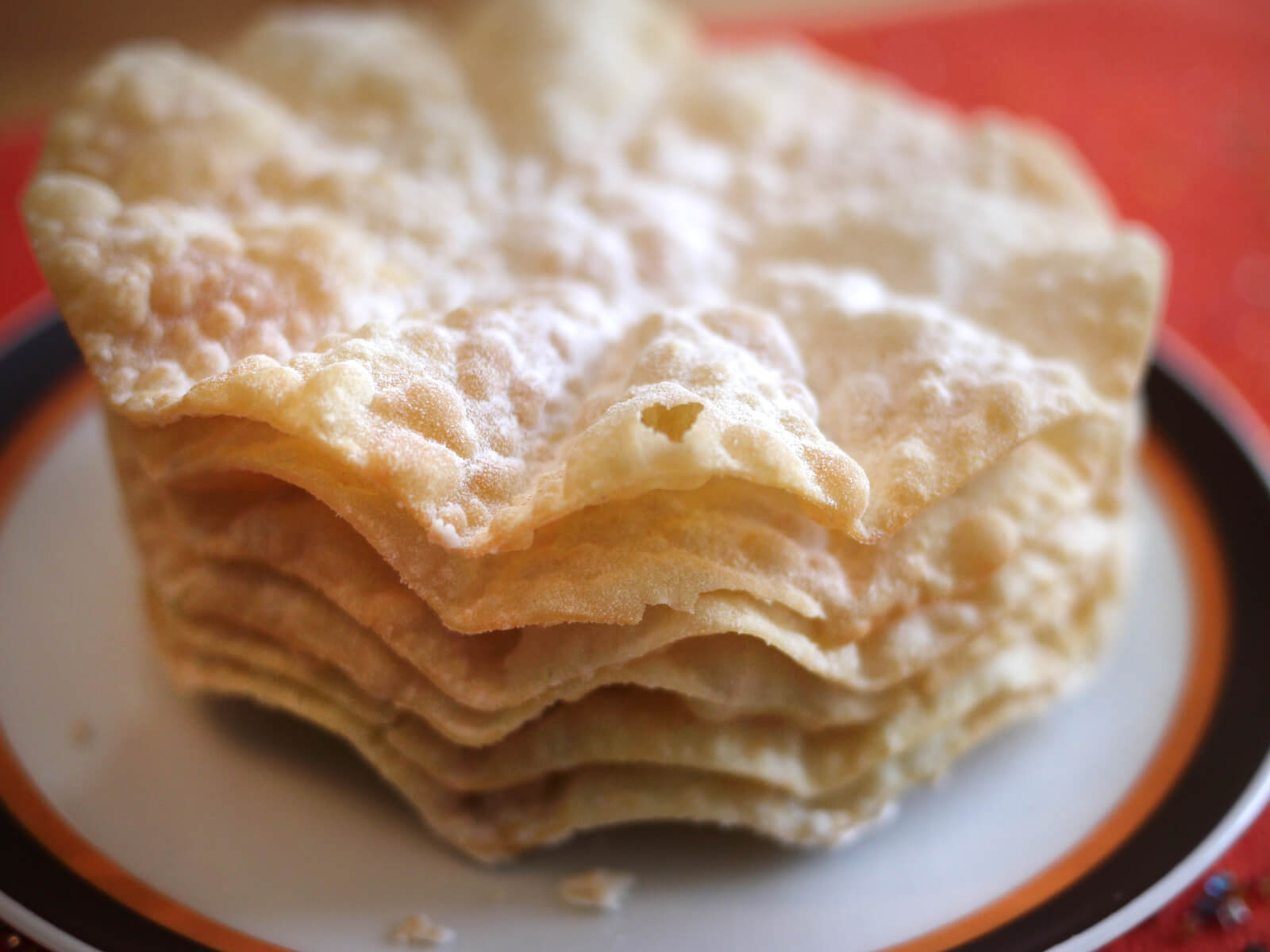
3. Hasenöhrli
The name of this 16th-century fried pastry comes from its shape. Bunny ears contain Kirsch liquor and zest of lemon and orange. They are best with some cinnamon.
4. Schenkeli
A favorite shortcrust pastry across Switzerland, the “secret sauce” in Schenkeli is lemon zest and Kirsch. Depending on the bakery, they come in shades of brown, as well as in varying sizes. For the best taste, Schenkeli should be consumed fresh...
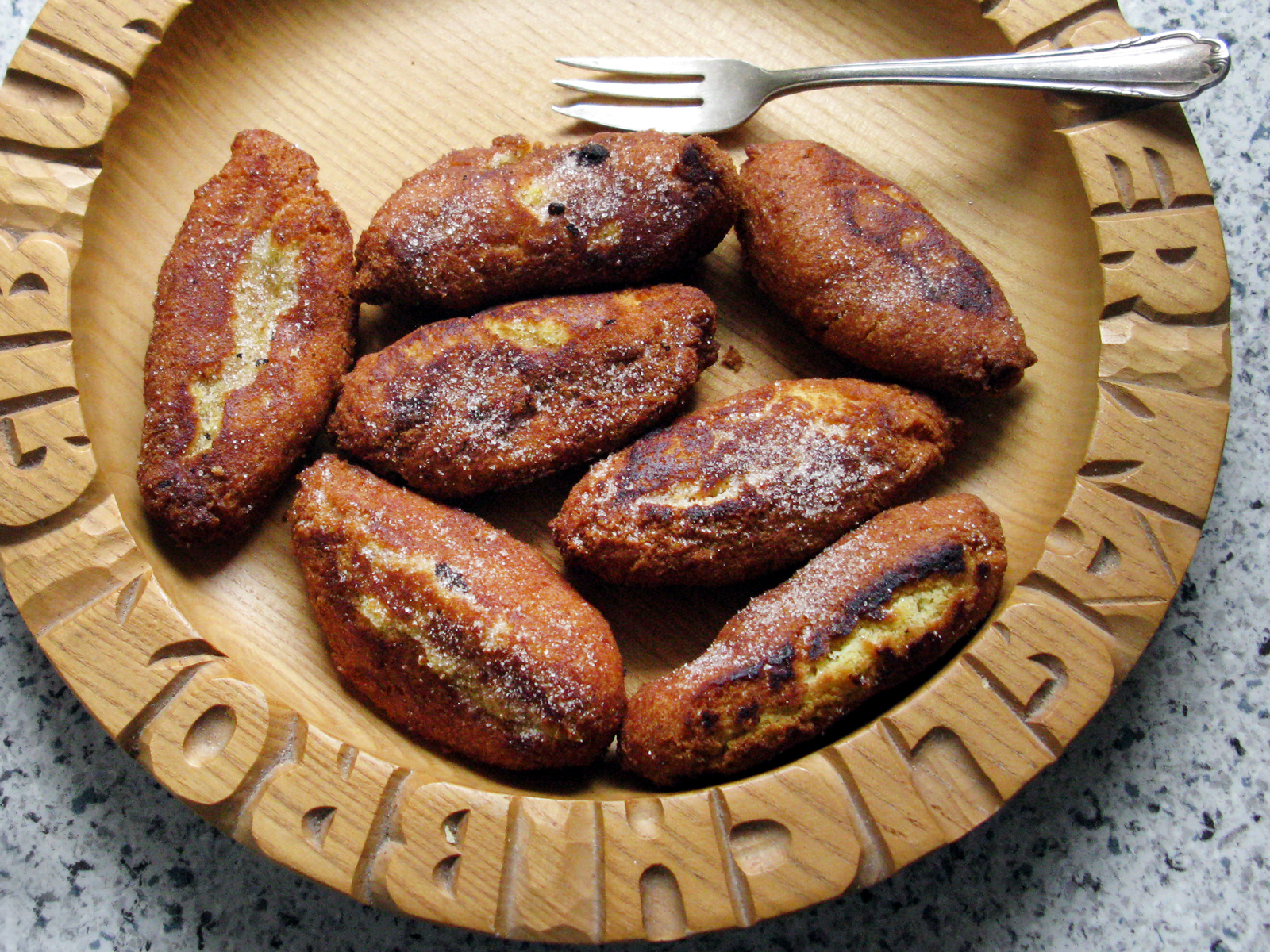
5. Schlüferli or beignets de carnaval
These heaps of fried dough usually contain some Kirsch liquor. It is popular to dip them into chocolate sauce or fruit jam.
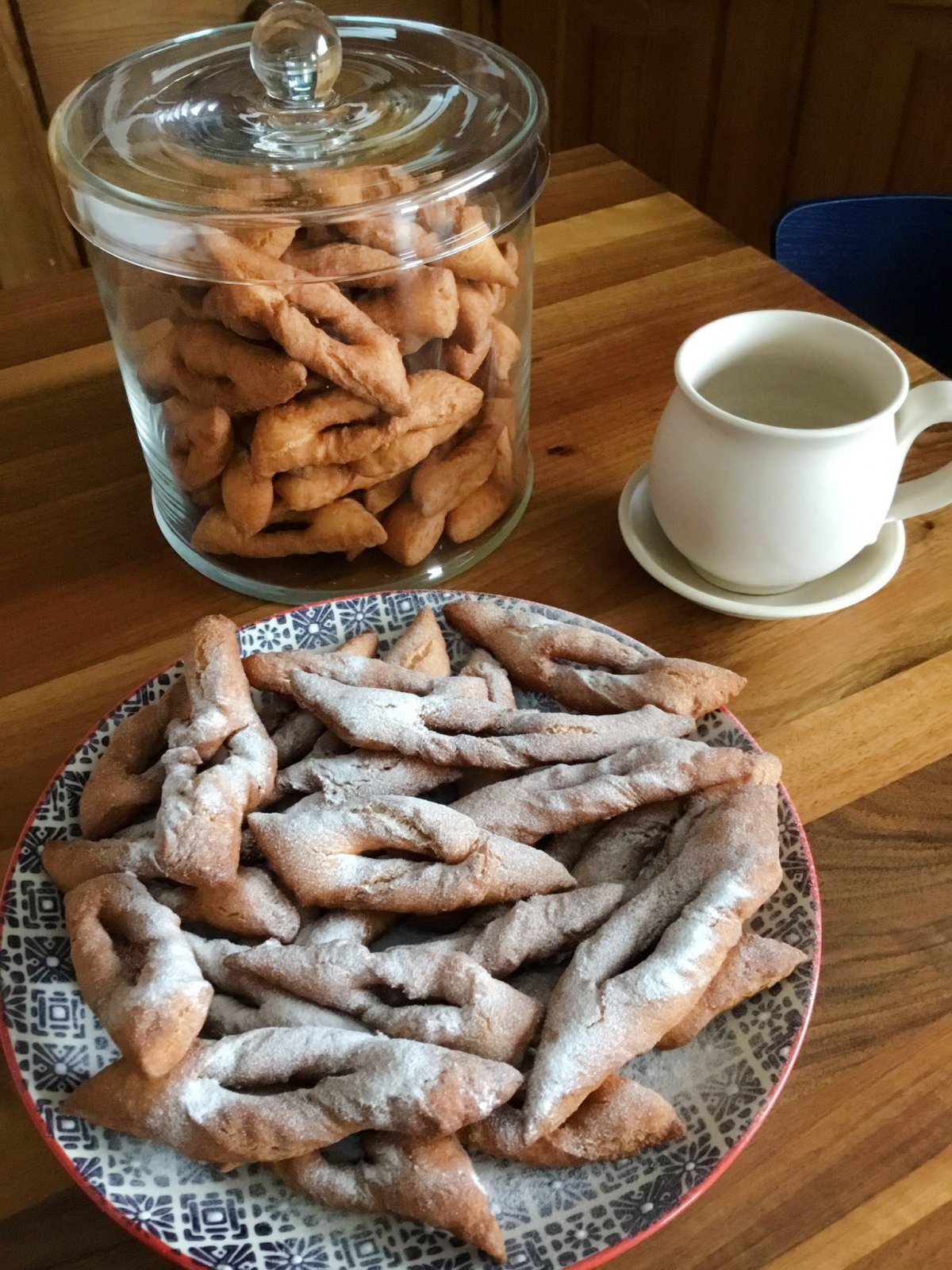
6. Zigerkrapfen
This fried pastry is filled with a type of sweetened whey cheese called Ziger. It is consumed throughout the year and is most popular in central Switzerland. However, Fasnacht is the time of year when they are devoured... Here’s an easy-to-follow recipe by Helvetic Kitchen.
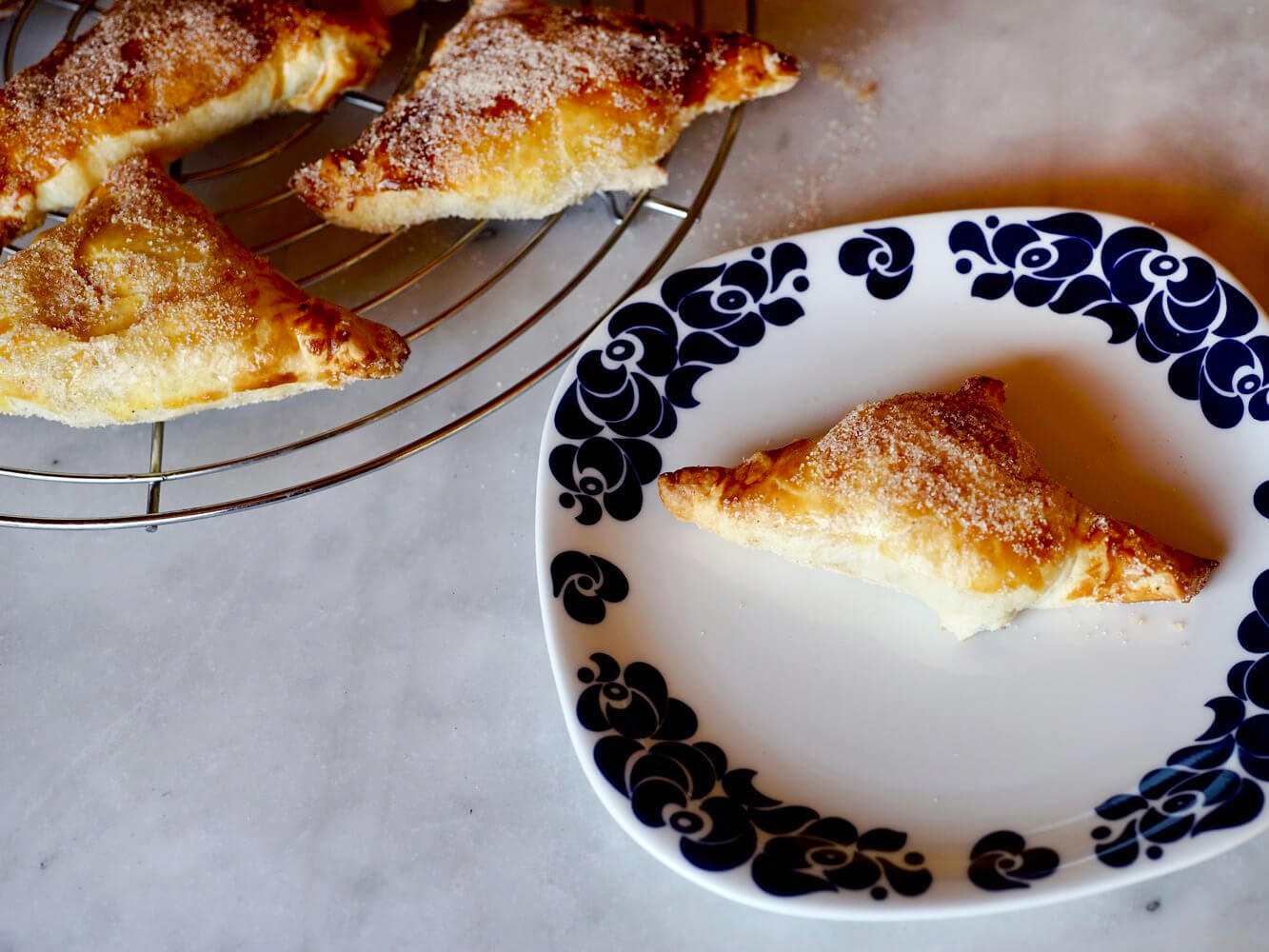
These Swiss towns have carnival food traditions of their own:
Basel
During the cold early morning hours of Morgestraich, the Basler Mehlsuppe is the preferred way to warm up. This flour soup used to be a staple breakfast for the poor.
Basler Fastenwähe is a pretzel-shaped flatbread sprinkled with cumin. We have previously published a simple recipe for Basler Fastenwähe.
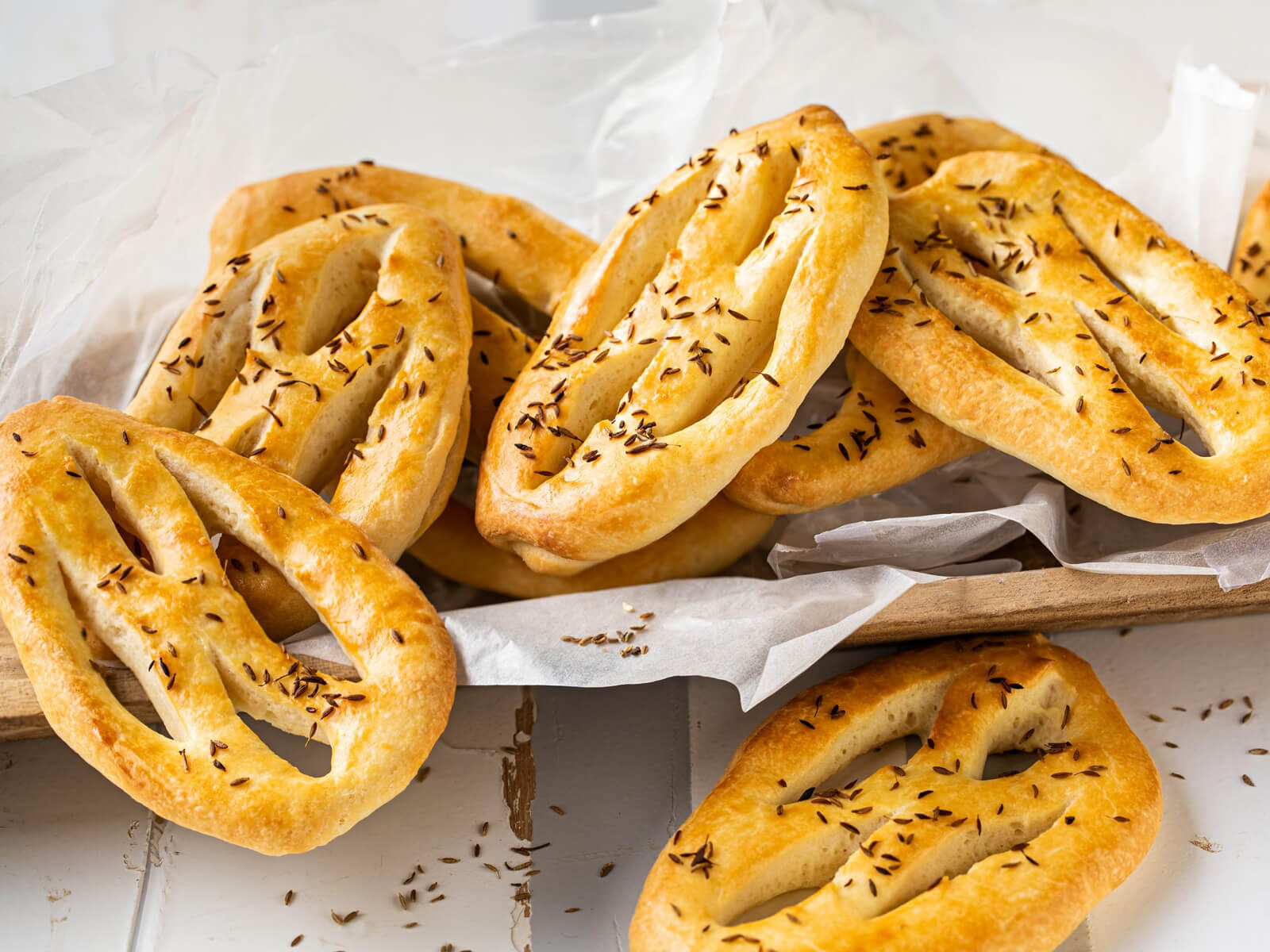
Luzern
Dating back to the 18th century, the Lozärner Chögelipastete pie is filled with ingredients such as minced meat on a mushroom sauce and raisins. It is served with sides of carrots, pies, rice, noodles or French fries.
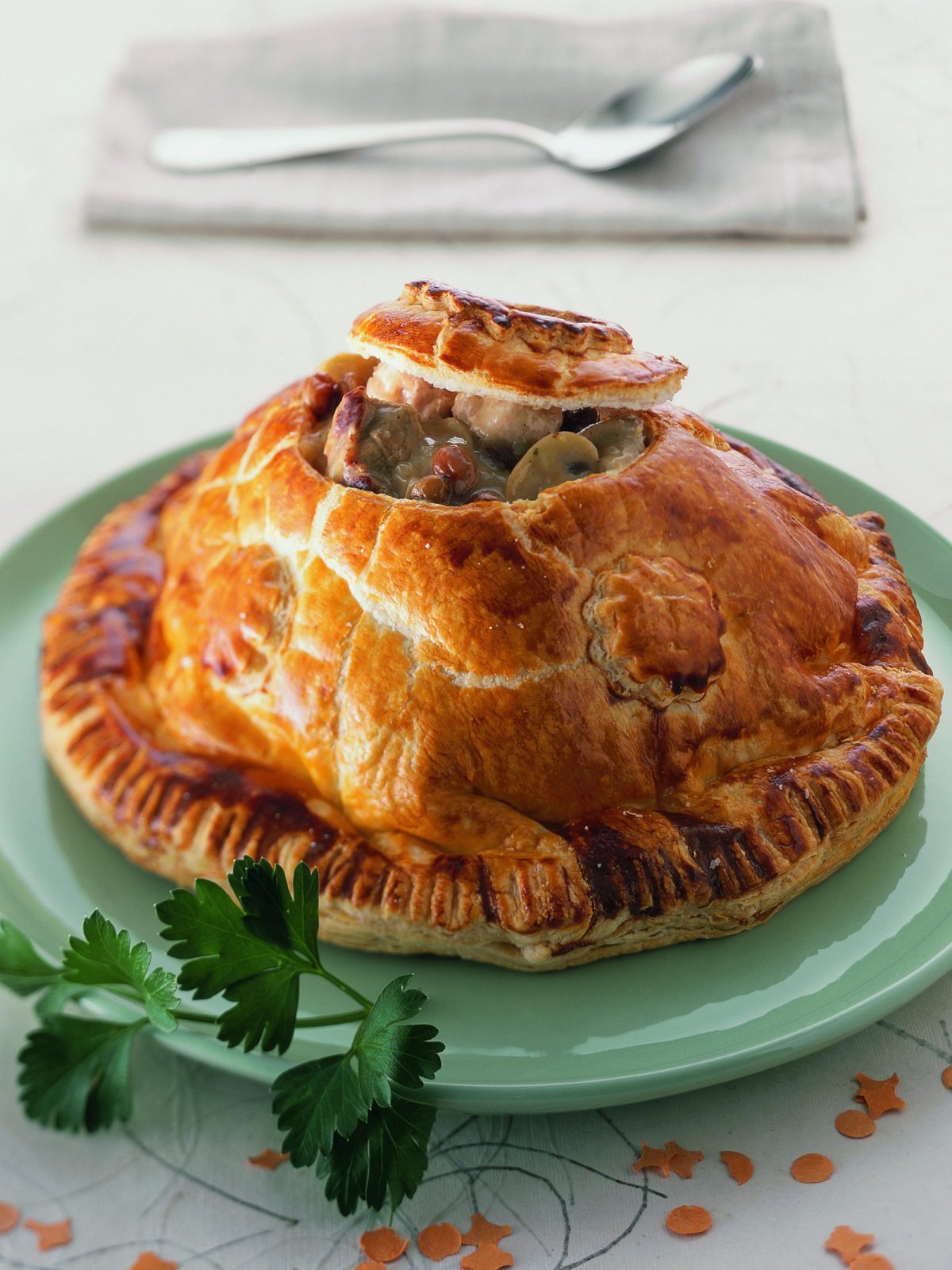
Schwyz
The typical Schwyzer Krapfen are fried pockets filled with pear puree. Very close to an empanada, they were easy to consume in times when cutlery was a luxury. The locals call them Kösikrapfen.
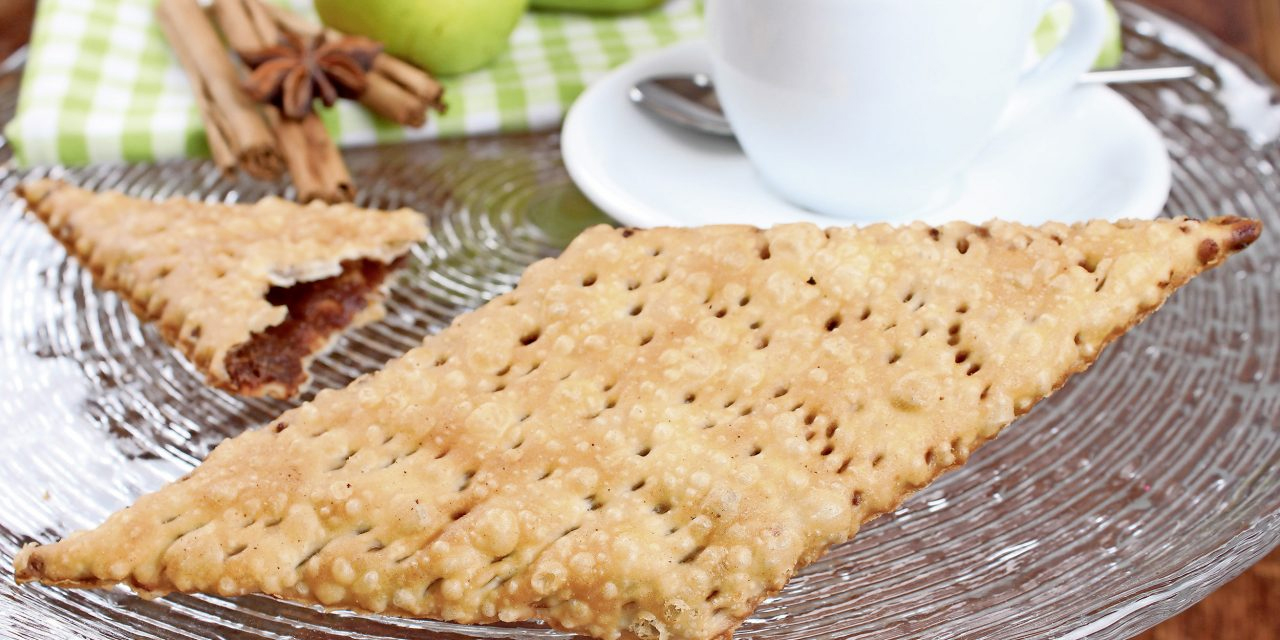
Did I whet your appetite for more Swiss winter foods? 😋
- 7 Swiss winter drinks you need to try
- Clever Swiss cheese recipes
- Fondue chinoise in Switzerland helps me survive winters
- Roasted chestnuts in Switzerland are my winter obsession
- Basler Fastenwähe baking recipe
- 5 Swiss cookie recipes you’ve probably never baked
- Swiss Christmas cookie recipes with air time
- Mailänderli recipe with step-by-step instructions
- Recipe for “Spitzbuebe” Swiss Christmas cookies

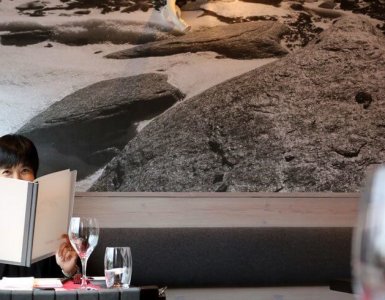
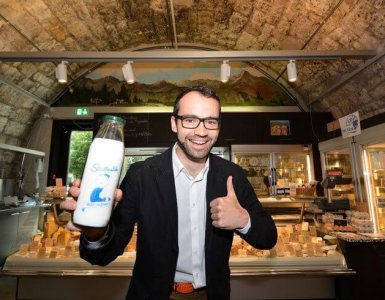
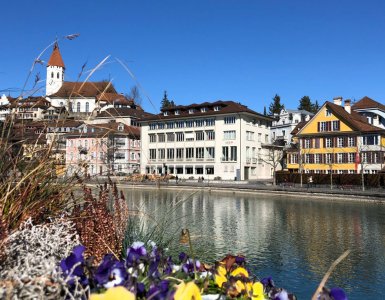

Add comment